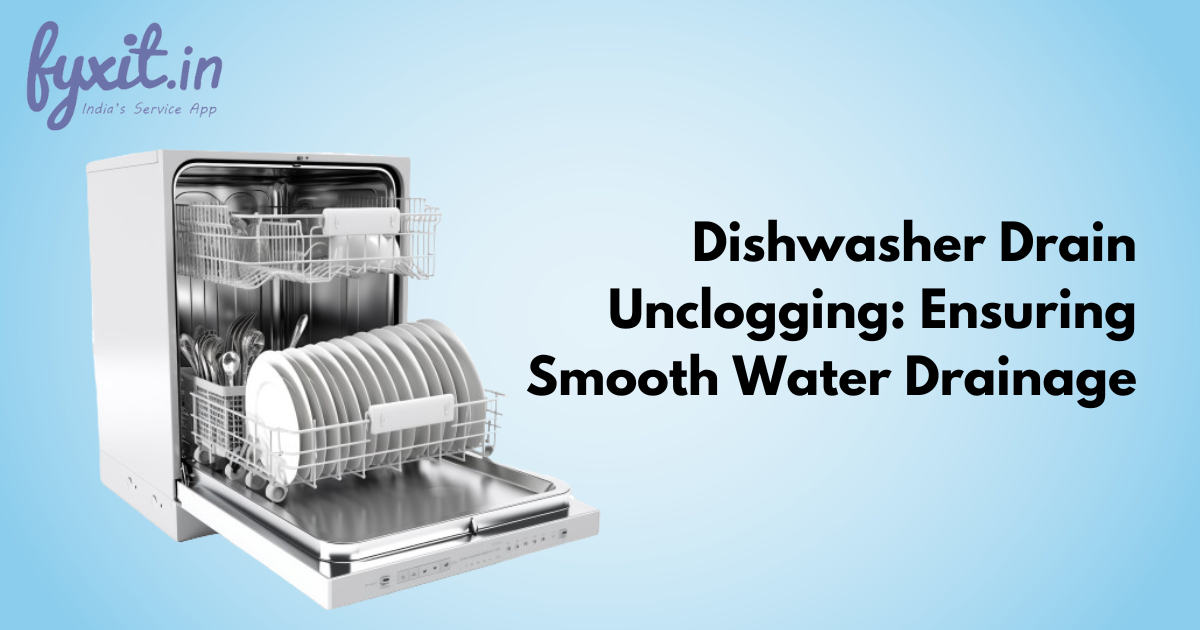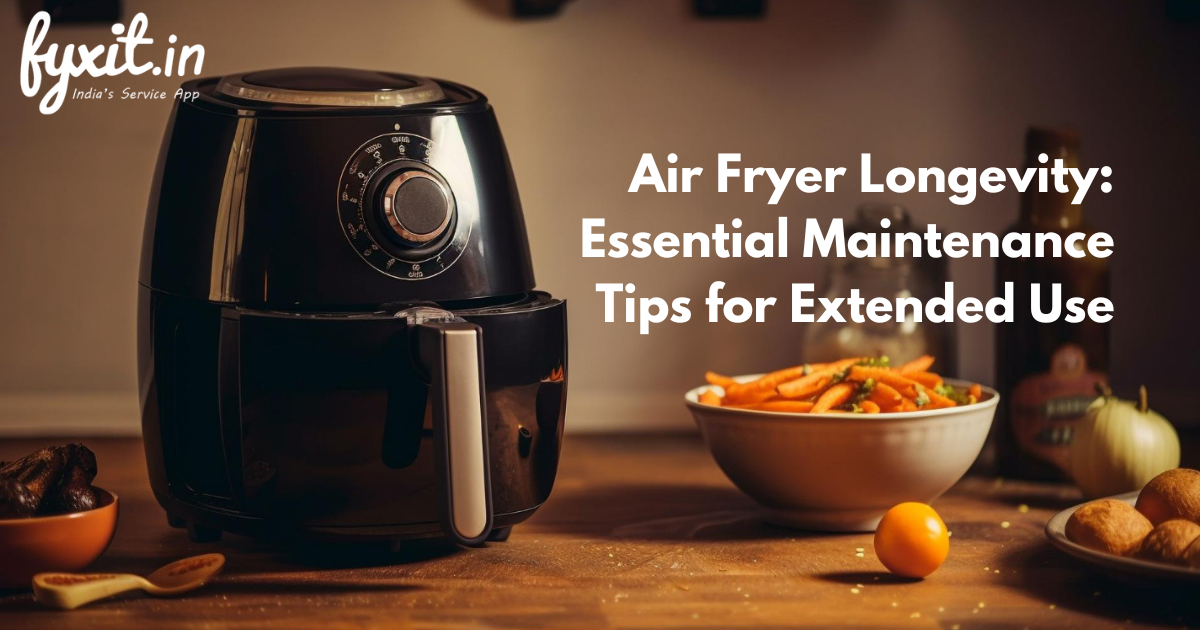Vacuum cleaners are essential tools for maintaining clean and healthy indoor spaces. They work tirelessly to remove dirt, dust, pet hair, and debris from your floors and carpets. However, like any appliance, vacuum cleaners can sometimes encounter issues that impede their performance. One of the most common problems is clogging. When your vacuum cleaner becomes clogged, it can lose suction power and even overheat. Let’s understand the causes of clogs and provide you with troubleshooting tips to fix them.
Highlights
- Clogs are Common Issues: Vacuum cleaner clogs are a common problem that can reduce suction power and affect performance.
- Recognize the Signs: Be aware of signs that indicate a clog, including reduced suction, overheating, unusual noises, and dirt spills.
- Safe Troubleshooting: Always turn off and unplug the vacuum before attempting to clear a clog to avoid accidents.
- Inspect All Components: When troubleshooting a clog, inspect the hose, brush roll, filters, and dirt canister for obstructions.
- Regular Maintenance: Preventative maintenance is crucial. Regularly clean the vacuum, empty the dirt canister, and check and clean filters as recommended by the manufacturer.
- Consider Professional Help: If you can’t clear the clog yourself, or if it’s a recurring issue, it may be time to seek professional maintenance or repair.
- Choose the Right Vacuum: Select a vacuum cleaner that suits your specific needs, such as one designed for pet hair or heavy debris, to minimize the risk of clogs.
Table of Contents
Understanding Vacuum Cleaner Clogs
Clogs in vacuum cleaners occur when something obstructs the normal airflow, either partially or completely. This obstruction can happen at various points within the vacuum’s cleaning system. Common areas where clogs tend to develop include:
- Hose: The hose is a common location for clogs, especially if you vacuum up larger debris or objects that get stuck in the tubing.
- Brush Roll: Hair, string, and other debris can wind around the brush roll, causing it to stop spinning.
- Filters: Over time, filters can become clogged with dust and debris, reducing airflow.
- Dirt Canister or Bag: If the dirt canister or bag is full, airflow is restricted, and the vacuum won’t work efficiently.
Signs of a Clogged Vacuum Cleaner
Recognizing the signs of a clogged vacuum cleaner is the first step in addressing the issue. Here are some common indicators that your vacuum might be clogged:
- Loss of Suction Power: If your vacuum has noticeably less suction power, it’s likely due to a clog.
- Overheating: A clogged vacuum can overheat because the motor has to work harder to compensate for the reduced airflow.
- Unusual Noises: Strange noises like rattling or whining might suggest a clog is obstructing the brush roll or other components.
- Dirt Spills: When you vacuum, dirt and debris spill out of the vacuum cleaner instead of being collected inside.
Now that you know what to look for, let’s explore how to troubleshoot and fix clogs in your vacuum cleaner.
Troubleshooting and Fixing Vacuum Cleaner Clogs
- Turn Off and Unplug: Always begin by turning off and unplugging your vacuum cleaner. Safety is a top priority.
- Inspect the Hose: Detach the hose from the vacuum and visually inspect it for clogs. You can use a flashlight to see deep inside. If you see a blockage, use a long, flexible object like a broom handle or a straightened wire hanger to gently push it through and dislodge the debris.
- Check the Brush Roll: If your vacuum has a brush roll, it’s common for hair and string to become wrapped around it. Remove the brush roll according to your vacuum’s user manual, and then cut away any tangled material. Clean the brush roll thoroughly before reattaching it.
- Empty the Dirt Canister or Replace the Bag: If your vacuum cleaner uses a dirt canister, empty it if it’s full. If it uses a bag, replace the bag with a new one. Clogs can sometimes form at the point where dirt enters the bag or canister.
- Examine Filters: Filters are essential for maintaining clean air. If your vacuum has filters, check them for clogs or dirt buildup. Wash or replace filters as needed, following the manufacturer’s recommendations.
- Check Airflow: After clearing any visible clogs, check the vacuum’s airflow. Turn it on and listen for any unusual noises or loss of suction. Run the vacuum over a clean area to see if it’s working correctly.
- Test with Fine Dust: Fine dust can be challenging to detect but is a common cause of clogs. If you suspect a fine dust clog, sprinkle a small amount of baby powder or talcum powder on a clean surface. Vacuum it up, and if you notice a puff of powder coming out of the vacuum, it might indicate a remaining clog.
- Preventative Maintenance: To avoid clogs, maintain a regular cleaning schedule for your vacuum. Clear the brush roll, empty the dirt canister or replace the bag, and clean filters after each use or as recommended by the manufacturer.
- Professional Maintenance: If you’ve tried these troubleshooting tips, and your vacuum cleaner still isn’t working correctly, consider taking it to a professional technician for a thorough inspection and maintenance.
Avoiding Future Clogs
Prevention is often the best approach to dealing with clogs. Here are some tips to help you avoid future vacuum cleaner clogs:
- Regular Cleaning: Develop a routine to clean your vacuum cleaner’s components. Clear the brush roll, empty the dirt canister or change the bag, and clean the filters.
- Mind Your Vacuum’s Limits: Know the limitations of your vacuum cleaner. It may struggle with large debris or excessive amounts of pet hair. Consider manual cleanup for particularly messy areas.
- Use the Right Accessories: Some vacuums come with specific accessories for tackling different cleaning tasks. Use these accessories to prevent clogs in the main hose or tubing.
- Empty the Canister Frequently: If your vacuum has a dirt canister, don’t let it get too full. Empty it before it reaches capacity to maintain optimal airflow.
- Regularly Inspect Hoses and Tubes: Periodically check hoses and tubes for clogs and remove any obstructions as they occur.
- Teach Good Vacuuming Practices: If you have a family, teach them to use the vacuum responsibly. Encourage them to pick up larger debris before vacuuming and avoid vacuuming objects that could cause clogs.
- Choose the Right Vacuum for Your Needs: If you have pets or specific cleaning requirements, invest in a vacuum cleaner designed to handle those challenges. This can significantly reduce the likelihood of clogs.
A well-maintained vacuum cleaner is essential for keeping your home clean and healthy. By understanding the common causes of clogs and following these troubleshooting tips, you can ensure that your vacuum runs efficiently. Regular maintenance and preventive measures go a long way in extending the life of your appliance and improving indoor air quality. Remember always to prioritize safety by unplugging your vacuum before troubleshooting or performing maintenance.



